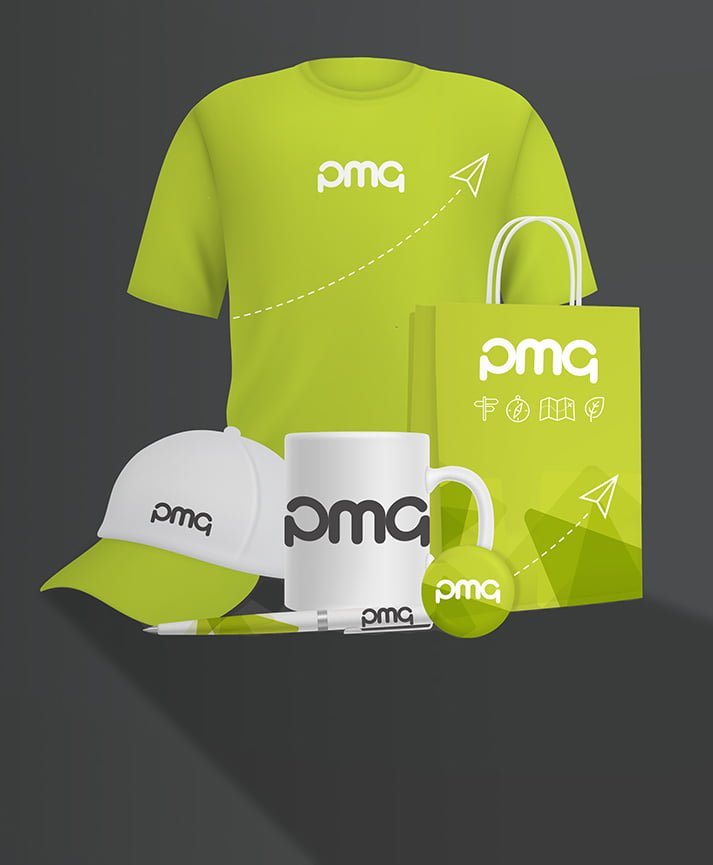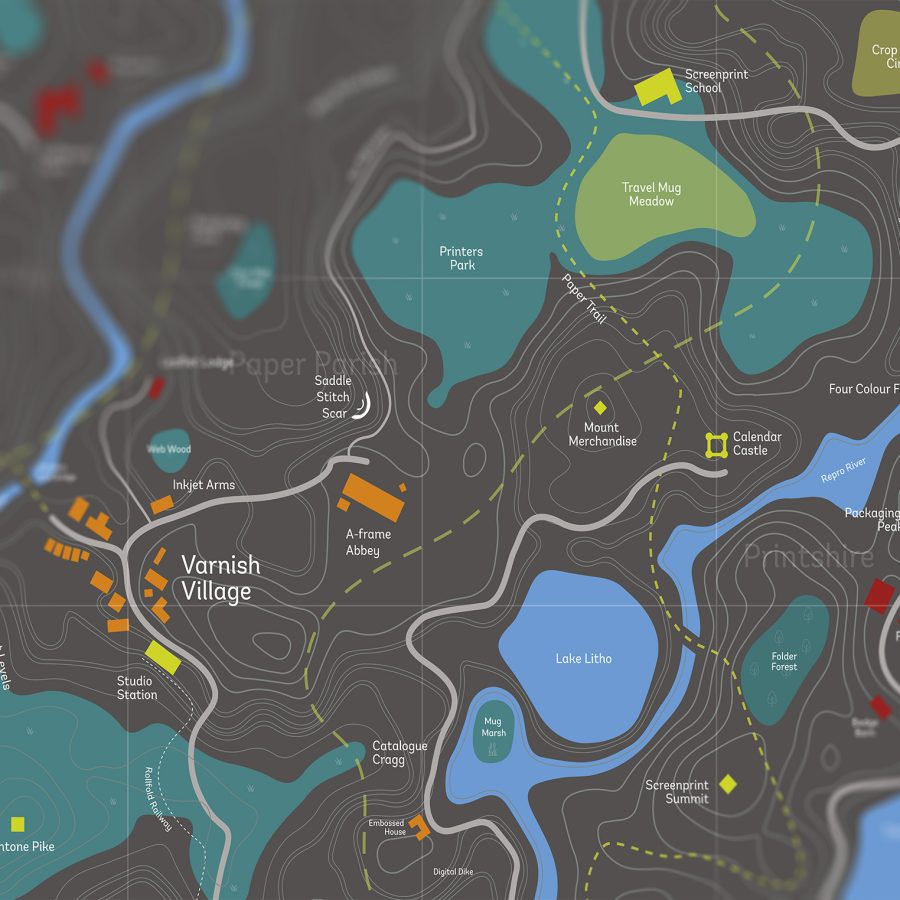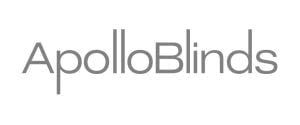
Choosing the perfect typeface – perhaps one that captures the comical spirit of your piece without looking like a hyperactive child stole your laptop – can be a tricky business. There are a few simple things to get right before you delve into the wonderful world of fonts. Take a look at our top print design tips to ensure your typeface is functional as well as fantastic.
We’ve all seen signs and logos in artistic alphabets so complex they don’t look much like anything at all, so go for clarity over concept. This clarity can be thought of in two distinct strands: legibility and readability. The two might sound like the same thing, but understanding the difference will really help you sort the wheat from the indecipherable chaff when it comes to typography in print design.
Legibility is all about the individual letters, and how easy they are to distinguish from one another. Scrawled handwriting – where ‘m’, ‘n’ and ‘u’ are treated as identical bumps in the road – is an example of poor legibility, as letters must be deciphered by context. Fonts with good legibility are ones you can read at a mere glance. For increased legibility, remember…
‘X’ marks the spot
Typefaces are measured by the height of their ‘x’, as it is the halfway line between the bottom of each letter and the top of the tallest letters, such as ‘l’, ‘f’ and capital characters. Tall, thin letters are easier to read than short, squat ones, so look out for a leggy ‘x’.
Stay in shape
Artistic or unusual typefaces (where letters have been re-imagined) might look enticing, but stick to conventional text shapes for immediate recognition from readers.
If legibility is a game for individual letters, readability is all about the text as a whole. This includes everything from font clarity and colour to size and spacing. Keep in mind that text should be:
Fit for purpose
Utilise the typefaces that are handed to you on a plate. Fonts specifically designed for headings, titles or for the body of the text will be formulated to function with greatest readability, versatility and beauty in that role.
Space out
Think of all the occasions when you’ve read the same sentence in a book twice. This is usually because two lines of text are too close to each other, making it difficult for your eyes to work out when they have dropped down a line, and when they haven’t. Open, even spacing gives the reader a chance to follow the flow without having to work too hard.
You can test out what makes a paragraph instantly decipherable or a bit of a challenge to decipher by picking up leaflets and magazines and thinking about what makes or breaks each article. Understanding common mistakes of typeface design will help you work out exactly what you are looking for. Once you know your illegible scrawls from your clear-as-day characters, it’s time to get artistic. If clarity were the only aim of the game, every piece of text in the land would be in no nonsense Times New Roman. You want your typeface to stand out and capture a certain mood. This all comes down to preference, taste and what you want your font to say about you. Though do remember to:
Avoid the obvious
Comic Sans might conjure comedy connections and Papyrus may evoke the sounds and smells of Ancient Egypt, but be a bit more imaginative than that. There are thousands of typefaces out there, so get exploring!
Do your research
You may have found the perfect typeface for your Luxury Spa leaflet, only to find the exact same one was used for the titles of the latest blockbusting bloodbath horror flick – not an association you’d wish to make! Beware of accidental connotations in your chosen typefaces.
Now it’s time to put the two together. Combine your newfound understanding of the way words work on the page with your aesthetic preferences to create legible, readable, beautiful print designs. Need a little more help? Sign up to the University of Print or get in touch with our print design team today.
















































